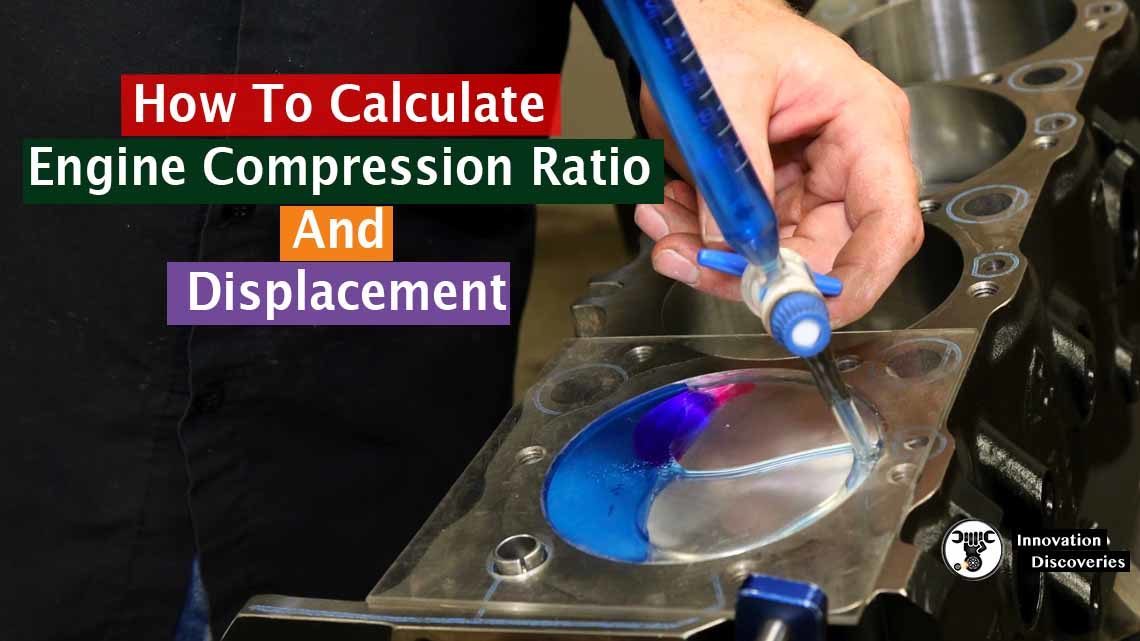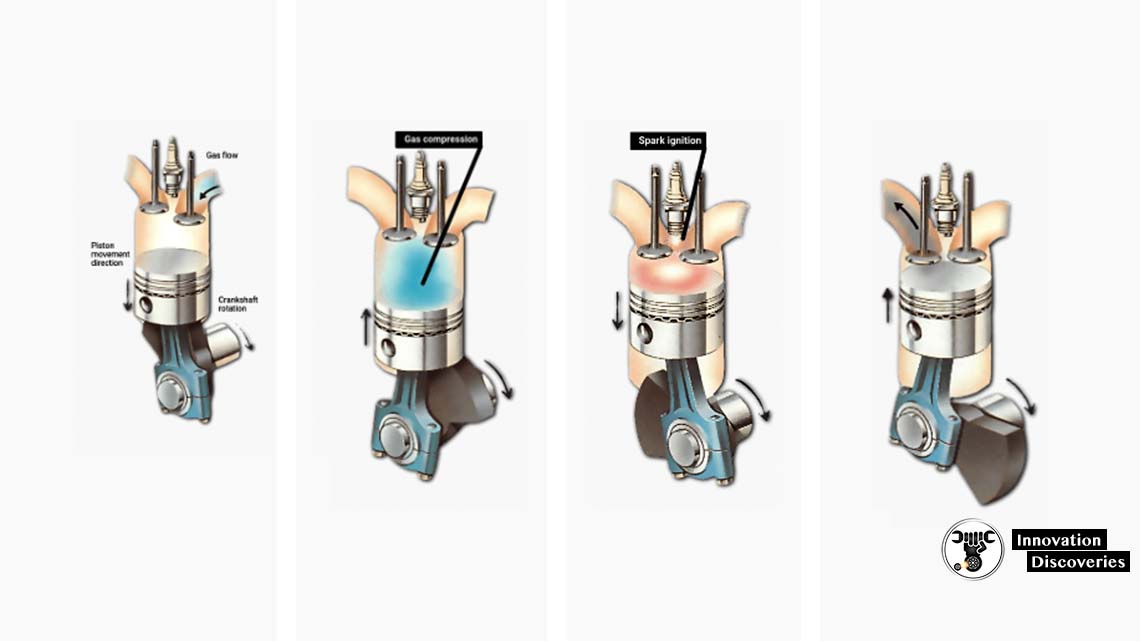
When building an engine from the bottom up,
Calculating the compression ratio (CR) may be a necessary step for any number of reasons
Starting from complying with racing rule books to getting a start on the tuning.
By definition, the compression ratio is that the total swept volume of the cylinder with the
Piston at heart dead centre (BDC),
Divided by the entire compressed volume with the piston at the top dead centre (TDC).
We’ll discuss the procedures and formulas for determining both the swept and,
Compression volumes shortly;
But first, let’s examine the results of not knowing the engine’s CR.
The compression ratio is affected significantly by the deck clearance volume,
The space between the piston crown at TDC and therefore the height of the deck surface.
First, bring the piston to TDC, then zero the dial indicator on the deck surface of the engine block. Move the indicator to the deck plane of the piston to read,
How far the piston is below or above the deck of the block.
During this example,
It’s .005-inch. Write the number on the piston as your checking for straightforward comparison.
” Too little compression will usually end in unmet performance expectations.
On the high side [too much compression] carries greater risk in tuning and potential
Component failure if appropriately better fuel isn’t used,” says Alan Stevenson of JE Pistons. ”In forced induction (FI) applications, erring on the low side is far safer than pushing your luck on the high side. The tuning window widens and provides more of a security envelope
Within the event of fuel pressure or delivery problem,
Or maybe a nasty batch of gas. And, if the facility isn’t quite there,
Another pound or two of boost easily makes up the difference.”

The deck clearance volume is going to be suffering from the deck height of the block,
The crankshaft stroke, the rod length and therefore the compression height of the pistons. Note how the wrist-pin bore is further faraway from the crown of the piston on the left.
The piston with the shorter compression height on the proper;
Allows the utilization of longer rods,
An extended stroke or a shorter deck height.
The piston manufacturer will supply the compression height for your calculations.
Click on the 2nd page below the social media icon to read the rest of the article…




